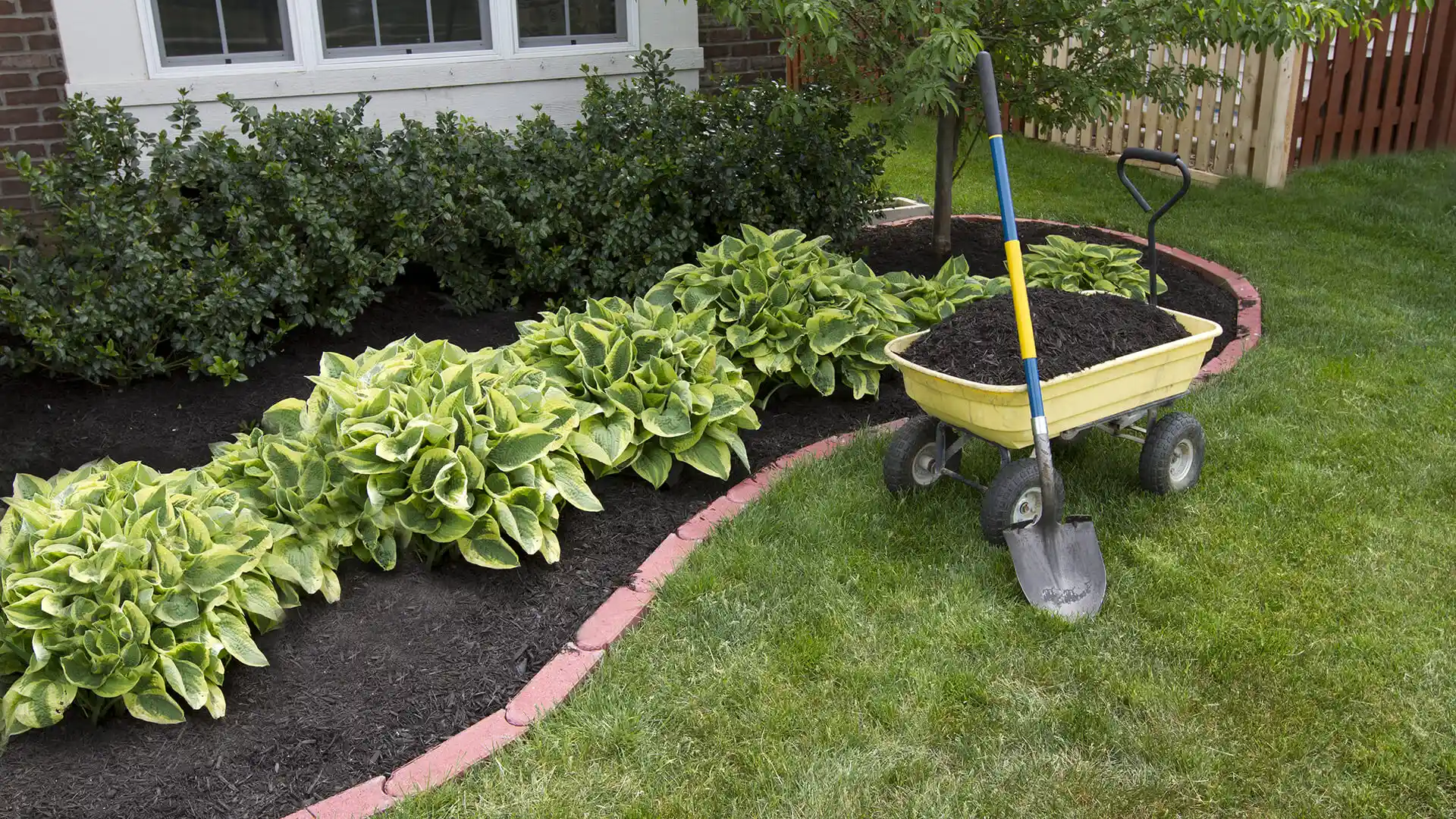Top Soil

Topsoil is the uppermost layer of soil, typically the top 5-10 inches, that contains the highest concentration of organic matter and nutrients. Here are some details to consider when working with topsoil:
-
Quality: The quality of topsoil can vary depending on its source and composition. Look for topsoil that is free of contaminants, such as rocks, debris, or weeds, and has a balanced mix of sand, silt, and clay.
-
Application: Topsoil can be applied in a variety of ways, such as spreading it over an existing lawn or garden bed, or using it to create new raised beds or planting areas. It's important to distribute the topsoil evenly and at an appropriate depth, usually between 2-6 inches.
-
Soil testing: Before adding topsoil to your garden, it can be helpful to test the existing soil to determine its pH levels and nutrient content. This can help you determine if and how much topsoil you need to add to improve soil quality.
-
Mixing: If you're adding topsoil to an existing garden bed, it's important to mix it thoroughly with the existing soil to ensure that nutrients are distributed evenly and that the soil has a consistent texture.
-
Maintenance: Topsoil requires regular maintenance to keep it healthy and fertile. This may include adding organic matter, such as compost or manure, to improve soil quality, or applying fertilizers to provide essential nutrients.
-
Drainage: Proper drainage is important for healthy topsoil. If your soil is prone to waterlogging or poor drainage, consider adding organic matter or sand to improve drainage and prevent water from pooling around plant roots.
By paying attention to these details, you can work with topsoil effectively and create a healthy, fertile growing environment for your plants.